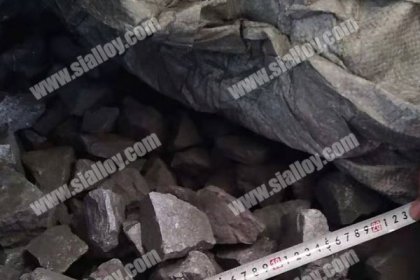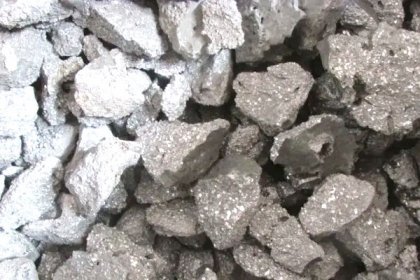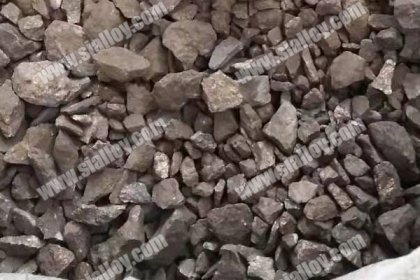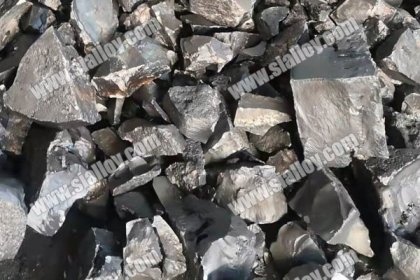common inoculation methods of gray cast iron
Gray cast iron is basically a eutectic alloy composed of iron, carbon and silicon, in which carbon mainly exists in the form of graphite. Inoculation treatment is one of the most important links in the production process.
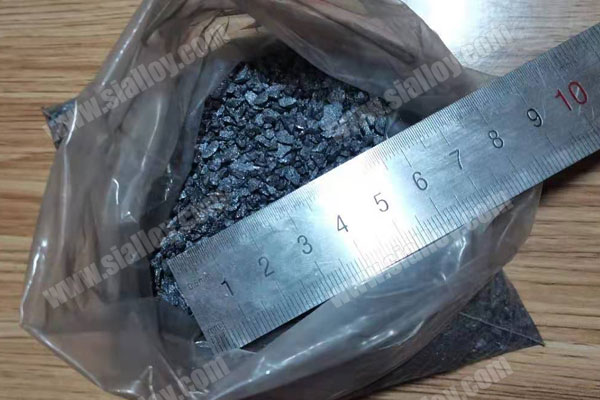
1.The Appliance of Inoculation Treatment
(1)Eliminate or reduce the tendency to white mouth
(2)Avoid cold tissue
(3)Facilitate the nucleation of eutectic clusters and increase the number of eutectic clusters.
(4)Reduce the wall thickness sensitivity of iron castings, so that the difference in micro-structure between thin and thick sections of the casting is small, and the difference in hardness is also small.
(5)The form of graphite in cast iron is mainly fine and uniformly distributed A-type graphite, thereby improving the mechanical properties of cast iron. The cast iron with good inoculation has better fluidity, the shrinkage of the casting is reduced, the processing performance is improved, and the residual stress is reduced.
2.Types of Inoculants
At present, there are many kinds of inoculants used to treat gray cast iron, but the most widely used is 75 ferrosilicon. In recent years, the demand of thin-walled castings has increased, and the requirements for inoculation treatment have become more stringent, In the case of low carbon equivalent of cast iron, inoculants containing strontium, barium, bismuth, zirconium or some RE elements are used. It can better control the white mouth tendency at the thin wall. In addition, the application of carbon inoculants has been increasing recently.
(1)75 Ferrosilicon Inoculant
75 ferrosilicon is the most commonly used inoculant,and the content of aluminum and calcium plays an important role in the inoculation effect. It is generally believed that in molten iron, aluminum and calcium will react with oxygen and nitrogen to form compounds with high melting points, which become the core of graphite crystals. Moreover, after adding the inoculant, local silicon-rich micro-zones can be formed in the molten iron, which is conducive to precipitation of graphite. When ferrosilicon is used as an inoculant, the content of aluminum and calcium can not be ignored, the Chinese standard have 75 ferrosilicon grades with different aluminum content, the upper limit of aluminum content is 0.5%,1.0%,1.5% and 2.0%, and the upper limit of calcium content is 1.0%. However, the aluminum content in the molten iron should not be too high, adding 0.01% aluminum may cause subcutaneous pores in the casting.
(2)Strontium-containing ferrosilicon
Strontium-containing ferrosilicon and strontium-containing ferrosilicon have a strong ability to eliminate white holes, which is especially beneficial to improve the shape and distribution of graphite in thin-walled castings, so that the difference in structure at different thicknesses is smaller, and the supercooled structure is only seen on the surface of the casting . At present, my country has a supply of ferrosilicon containing strontium, of which the content of strontium is 0.6-1.0% and 1.0-2.0%. Generally, 0.6-1.0% strontium-containing varieties can be selected. If the strontium content is too high, its effect cannot be fully exerted. The amount of strontium-containing ferrosilicon added is about half that of 75 ferrosilicon.
(3)Barium-containing Ferrosilicon
Barium-containing ferrosilicon also have a strong ability to promote graphitization, which can improve the shape and distribution of graphite in thin-walled castings, and it also has the effect of slowing down incubation and decline. The amount of processing is also less than 75 Ferrosilicon. It has been reported that adding too much barium will increase the ferrite content in the matrix structure, resulting in a decrease in the strength of cast iron. At present, my country also has the supply of barium-containing ferrosilicon, in which the barium content is generally 4 to 6%.
The silicon-barium alloy uses a silicon-barium alloy containing 20-30% of barium as an inoculant, which can significantly reduce the whitening tendency of cast iron and increase the time for maintaining the inoculation effect to about 30 minutes, which is especially suitable for large-scale castings. During processing, the alloy addition amount is about 0.1%.
Carbon Inoculant is mainly used for pretreatment of molten iron before inoculation, and it is generally a crystalline carbonaceous material. A research report claims that for gray cast iron, 85-90% of metallurgical silicon carbide has the best effect, and crystalline graphite is also effective. The amount added during pretreatment is generally 0.75 to 1.0%.
Anyang Huatuo Metallurgy have in various inoculant for more than 10 years, can supply FeSi, FeBaSi, Silicon Carbide, etc inoculants,the generally size in 1-3mm,3-8mm or 0.2-0.8mm, if any require just consult.
 中文
中文
